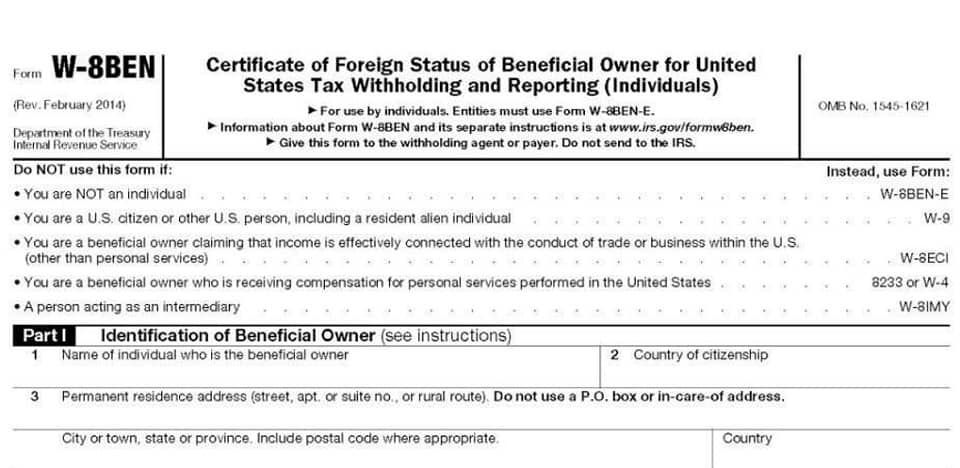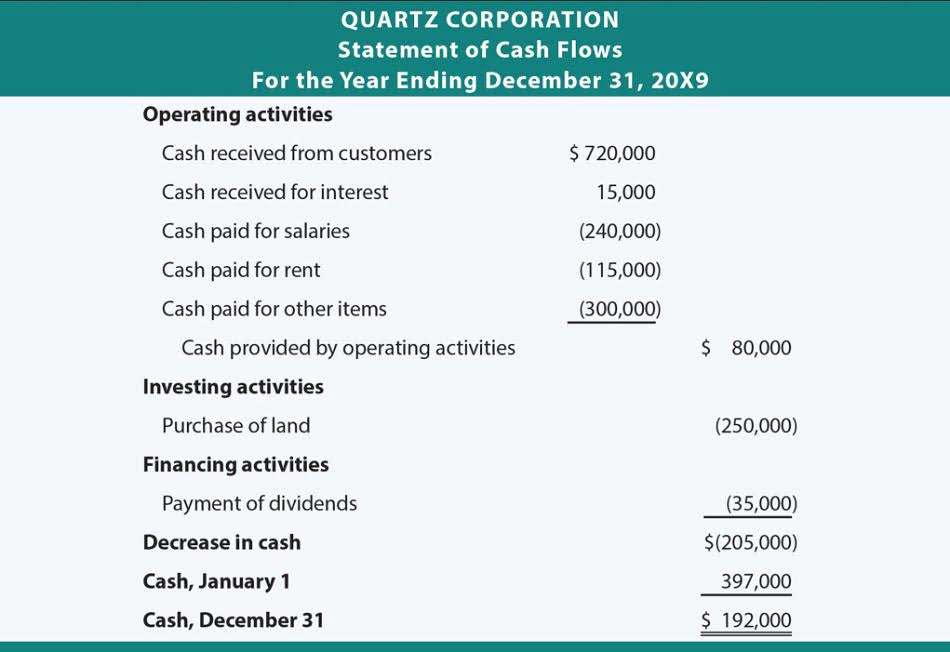Wireless Phone Services: Cell Phones & Phone Plans I AT&T

Accounting primarily centers around two amount columns, debits on the left and credits on the right, and the sum of both columns has to match. If you’re trying to figure out how to record a transaction, T accounts adjusting entries can help. In double-entry accounting, the T-account is a basic training tool that demonstrates how one side of an accounting transaction is shown in another account.
TRANSACTIONS ARE CATEGORIZED INCORRECTLY
- The credit was to loan, so this is used to describe what has happened to our bank account above.
- You can search for “free email providers” to find another email provider you like and set up an account.
- Notice that these are account balances—not column balances.
- This way, you can easily visualize your progress and stay motivated on your savings journey.
- Accountants make bookkeeping easier in the double-entry system to analyze using T-accounts.
For companies in the business of lending money, Interest Revenues are reported in the operating section of the multiple-step income statement. Accounts such as Cash, Investment Securities, and Loans Receivable are reported as assets on the bank’s balance sheet. Customers’ bank accounts are reported as liabilities and include the balances in its customers’ checking and savings accounts as well as certificates of deposit.

Bank Account
It provides the management with useful information such as the ending balances of each account which they can then use for a variety of budgeting or financial purposes. T accounts serve as the basis for preparing financial statements by providing a detailed record of transactions for each account. The balances in T accounts are aggregated to create the balances needed for financial statement preparation. For accountants and bookkeepers, T-accounts are the bread and butter of their daily routine. They use them to visually represent the flow of money through a business. Each T-account stands for a specific financial element, like cash, inventory, or accounts receivable.
- Likewise, create T-accounts for different expense categories like rent, utilities, or charitable donations.
- Once the journal entries have been made in the general journal, the next step is to post them to their individual t-accounts in the general ledger.
- When supplies are used, they are moved from the asset account into the expense account.
- The inventory of a manufacturer should report the cost of its raw materials, work-in-process, and finished goods.
- To record a T-account, first identify the accounts affected by the transaction.
Remember the Golden Rule: Debits = Credits (Always!)

If the textbook says “on account”, it means that cash will come later. In this case, we received the cash at t account the time of the sale. For example, if you examine the T-account above, you can see that all increases to the bank account (receipts) occur on the left side.

This deeper grasp empowers accountants to analyze financial data with greater confidence and interpret its implications for the business. Now, let’s dissect our office supply purchase using T-accounts. AI in Accounting On the left side (debit) of the “Supplies” T-account, we record $50 because our supply inventory has increased. On the other hand, for the “Cash” T-account, since cash is decreasing, we put $50 on the right side (credit). This ensures our T-accounts maintain balance, reflecting the equal exchange of value that happened in the transaction.

